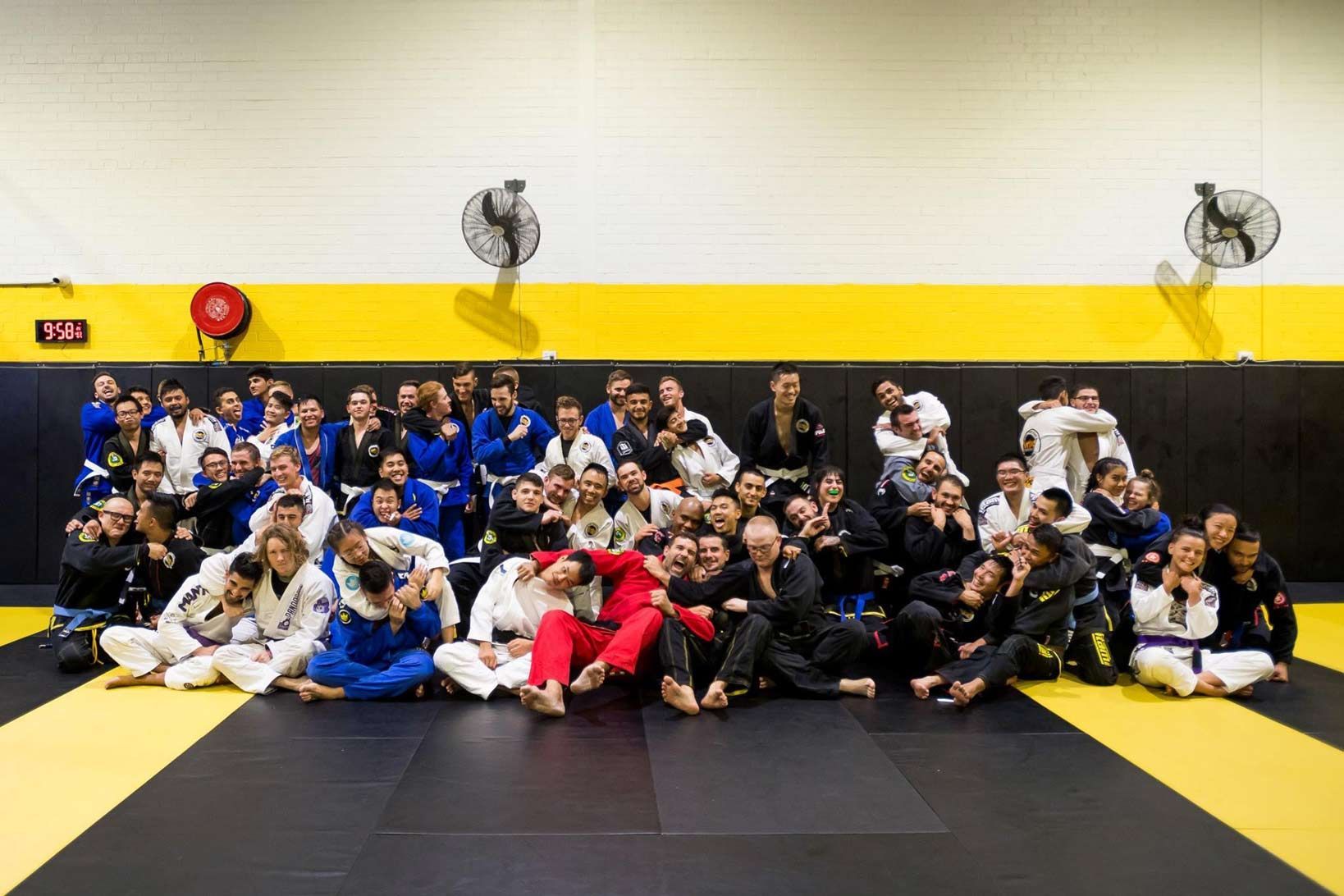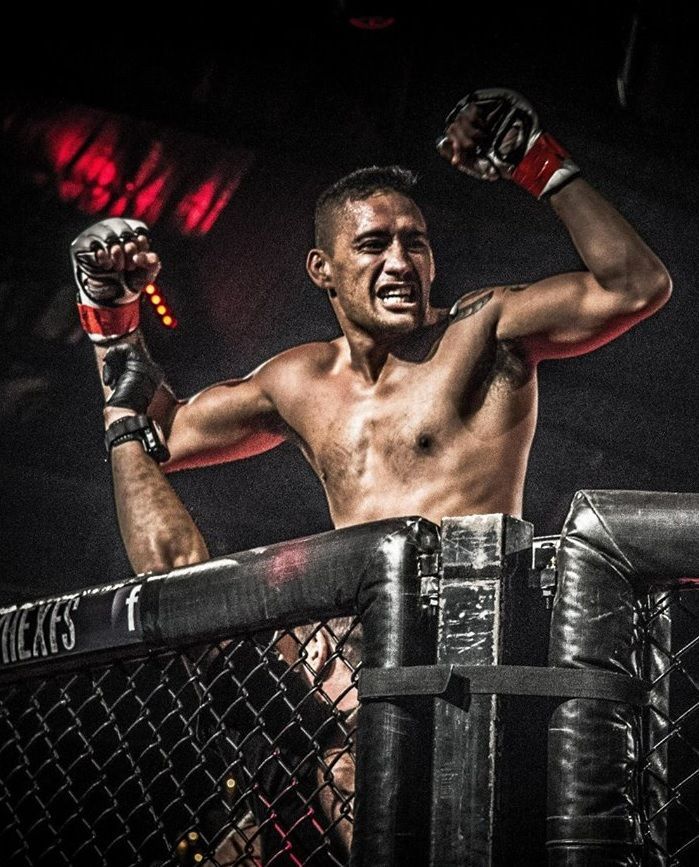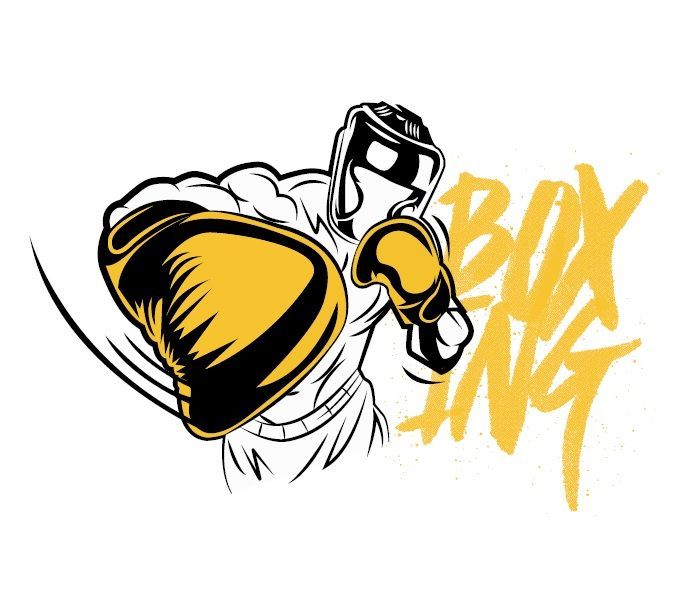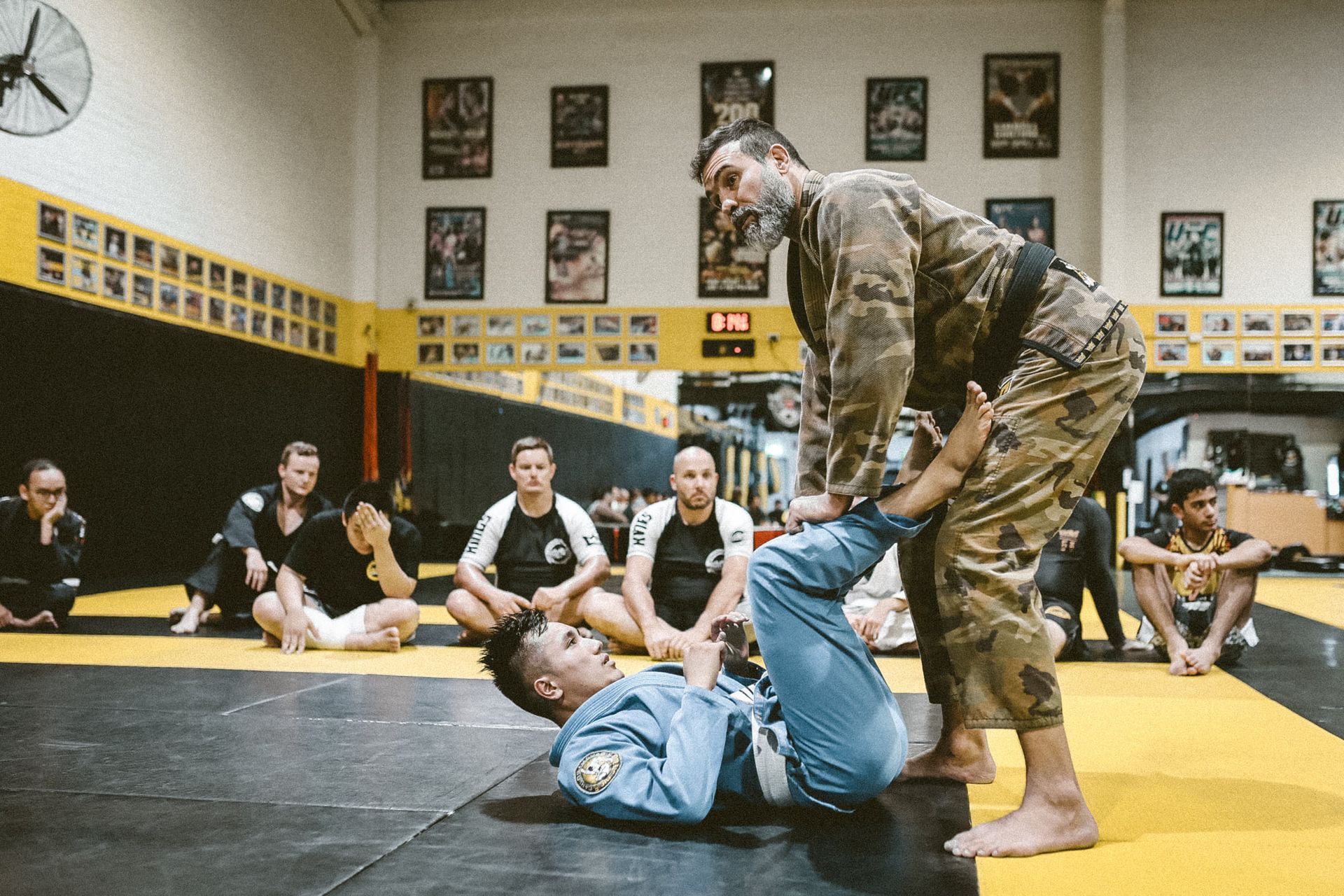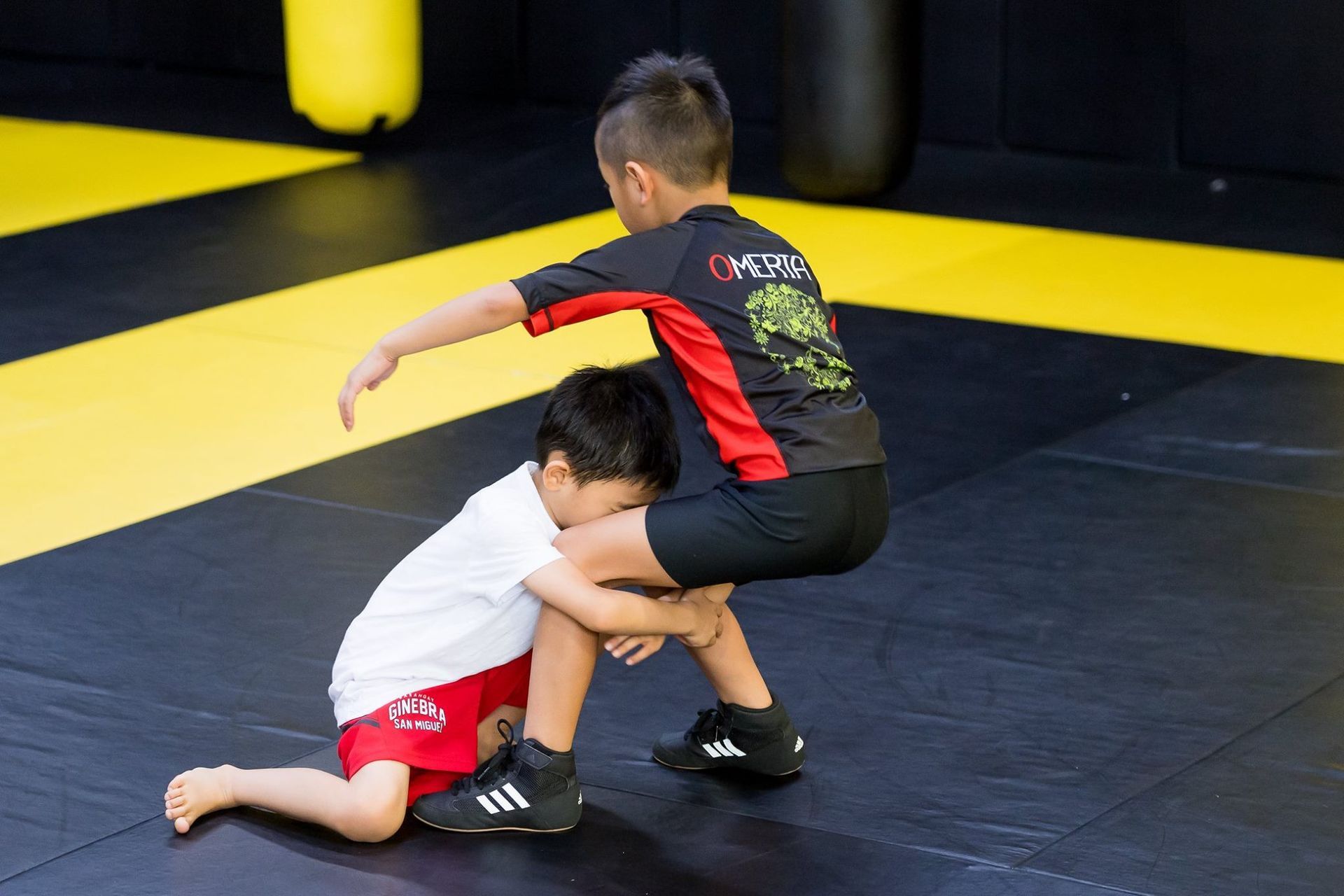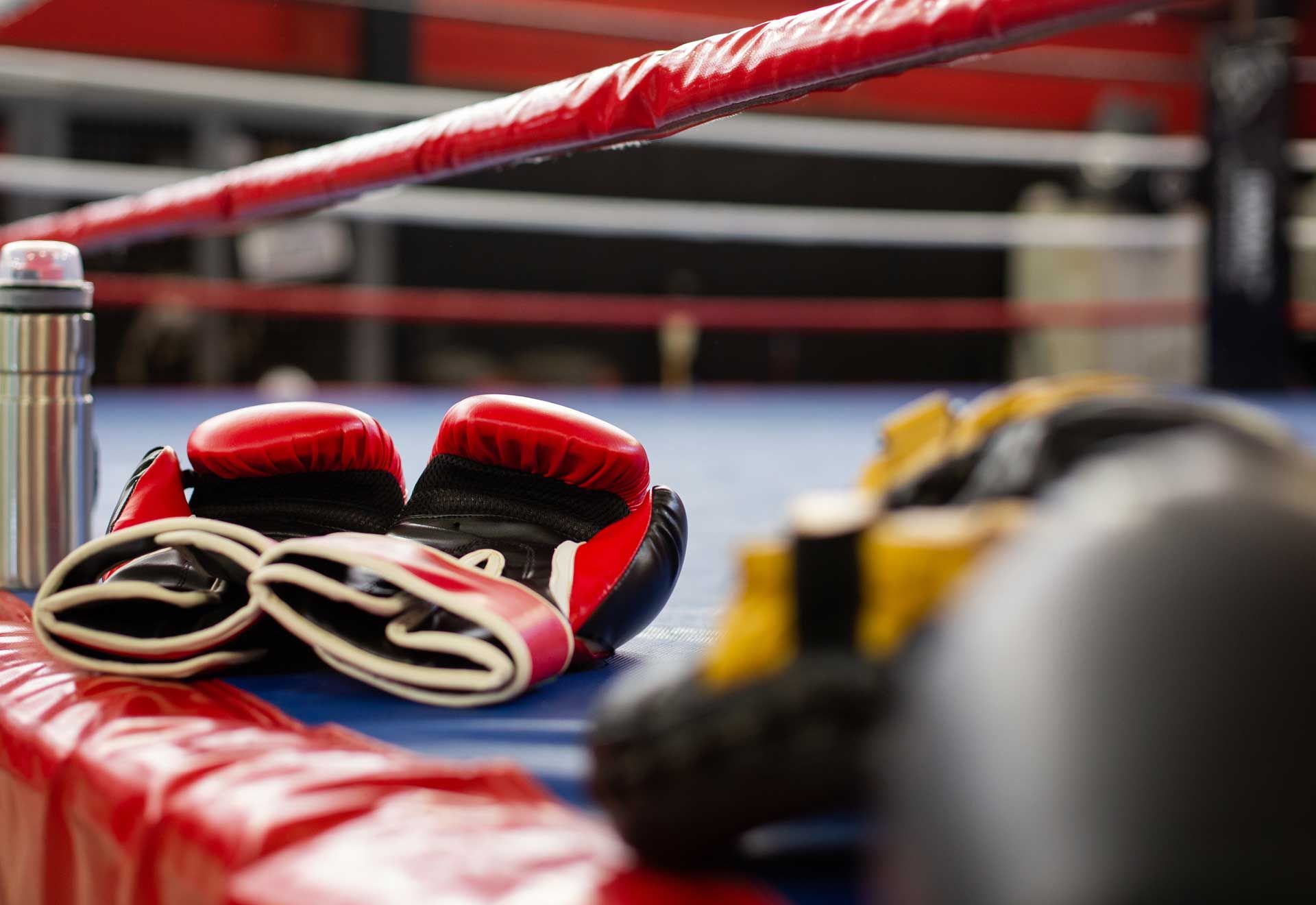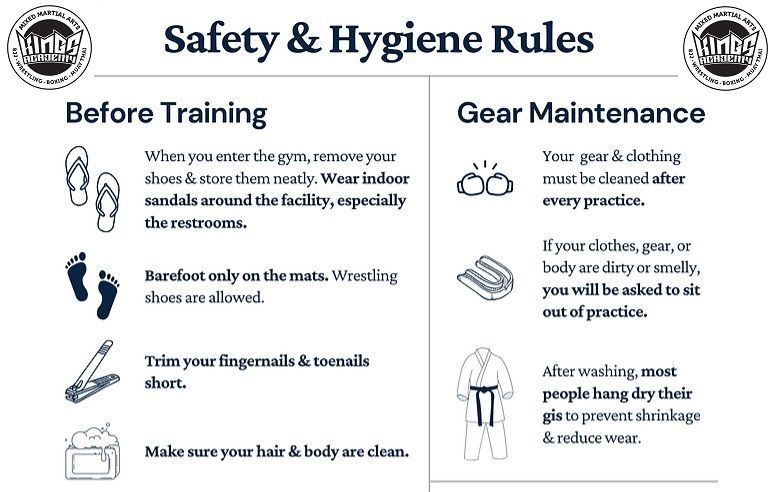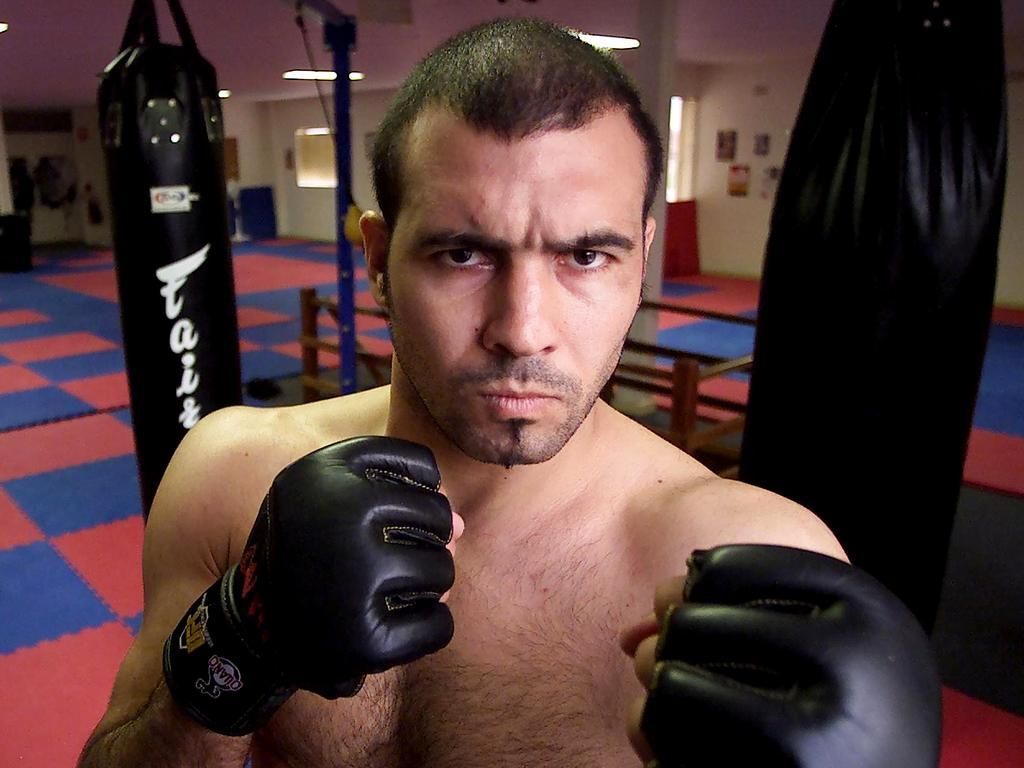Gi vs. No-Gi Brazilian Jiu-Jitsu: A Comprehensive Comparison
What is the difference between Gi and No Gi Brazilian Jiu Jitsu?
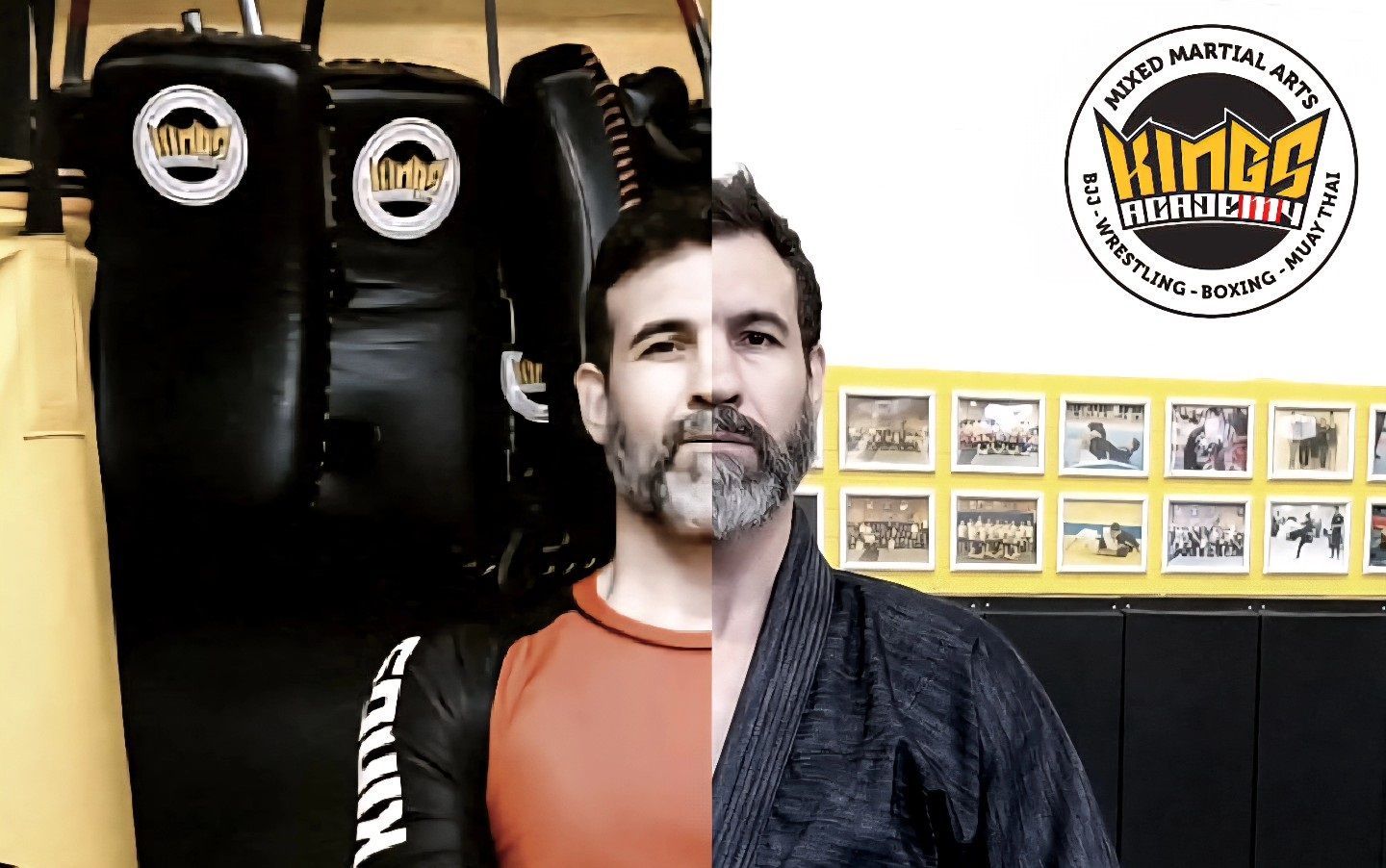
Gi vs. No-Gi Brazilian Jiu-Jitsu: A Comprehensive Comparison
What is the difference between Gi and No Gi Brazilian Jiu Jitsu?
To check out our BJJ programs click here!
Brazilian Jiu-Jitsu (BJJ) is a dynamic martial art that emphasizes ground fighting, leverage, and submission techniques. Originating from the Gracie family’s adaptation of Japanese judo and jiu-jitsu in the early 20th century, BJJ has evolved into two distinct styles: Gi and No-Gi. While both share the same core principles, they differ significantly in attire, techniques, and competition dynamics. This blog post explores the similarities and differences between Gi and No-Gi BJJ, highlights the benefits of each, and provides guidance on choosing the right style for your goals, along with a look at some of the greatest competitors in each.
Similarities Between Gi and No-Gi BJJ
At their core, Gi and No-Gi BJJ are grounded in the same fundamental principles of Brazilian Jiu-Jitsu: using leverage, body positioning, and technique to control and submit opponents. Both styles focus on ground-based grappling, aiming to achieve dominant positions (e.g., mount, back control) and secure submissions through joint locks or chokes. Key techniques like takedowns, sweeps, guard passes, and submissions (e.g., armbars, triangles, rear-naked chokes) are present in both, though their execution may vary. Both are highly effective for self-defence, build physical and mental resilience, and foster a sense of community among practitioners. Whether in a Gi or rash guard, BJJ’s emphasis on strategy and problem-solving - often likened to “human chess” - remains consistent.
Differences Between Gi and No-Gi BJJ
Attire
Gi BJJ: Practitioners wear a traditional uniform called a Gi (or kimono), consisting of a heavy cotton jacket, reinforced pants, and a belt indicating rank (white to black). The Gi’s durable fabric allows for grip-based techniques.
No-Gi BJJ: Practitioners wear athletic apparel, typically a rash guard and shorts with spats. The absence of the Gi eliminates clothing grips, relying instead on body-based control like collar ties, overhooks and underhooks.
Techniques and Grips
Gi BJJ: The Gi provides numerous grip points (collar, sleeves, pants), enabling a wide range of techniques like collar chokes, lapel guards (e.g., worm guard, spider guard), and grip-based sweeps. These grips allow for greater control, often slowing the pace and emphasizing precision.
No-Gi BJJ: Without Gi grips, No-Gi relies on wrestling-style grips (e.g., wrist control, body locks) and body mechanics. This leads to faster transitions and scrambles, with a greater emphasis on leg locks (e.g., heel hooks) and submissions like guillotines and D’arce chokes that don’t depend on fabric.
Pace and Dynamics
Gi BJJ: The Gi’s friction and grip options create a slower, more methodical pace. Matches often involve prolonged battles for control, with practitioners using the Gi to stall or stabilize positions.
No-Gi BJJ: The lack of friction and grips results in a faster-paced, more dynamic style. Slippery conditions (especially with sweat) encourage rapid position changes and a focus on athleticism and timing. No-Gi is greatly influenced by the sport of wrestling.
Rules and Competitions
Gi BJJ: Governed by more consistent rules across many events, especially in International Brazilian Jiu-Jitsu Federation (IBJJF) tournaments, which limit certain submissions (e.g., No heel hooks in the Gi) and enforce Gi-specific regulations (e.g., approved colours, thickness). Competitions often award points for positions, encouraging strategic play.
No-Gi BJJ: Rules are generally more lenient, allowing submissions like heel hooks and reaping in formats like the Abu Dhabi Combat Club (ADCC). No-Gi competitions, especially submission-only events (e.g., Eddie Bravo Invitational), prioritize finishes over points, leading to more aggressive matches.
Benefits of Gi BJJ
Technical Depth: The Gi’s grip options allow for a broader array of techniques, fostering a deep understanding of leverage and control. This technical focus is ideal for beginners learning fundamentals.
Grip Strength: Constantly gripping the Gi builds exceptional hand and forearm strength, which translates to both grappling and everyday activities.
Traditional Roots: Gi BJJ maintains a connection to BJJ’s judo origins, appealing to those who value martial arts tradition and the structured belt system.
Control-Oriented: The ability to use grips for control makes Gi BJJ excellent for developing defensive skills and positional dominance, valuable for self-defence and competition.
Competition Opportunities: Gi tournaments, like the IBJJF World Championships, are widely regarded as prestigious, with larger competitor pools and a clear ranking structure.
Benefits of No-Gi BJJ
Speed and Athleticism: No-Gi’s faster pace enhances reflexes, agility, and cardiovascular endurance, making it ideal for those who enjoy a high-intensity workout.
MMA and Self-Defence Applicability: No-Gi closely mirrors real-world scenarios and MMA, where opponents don’t wear heavy clothing. Techniques like wrestling takedowns and leg locks are directly applicable.
Cost Efficiency: No-Gi gear (rash guards, shorts) is generally cheaper and easier to maintain than a Gi, which can be expensive and requires special care.
Dynamic and Exciting: The fast-paced, submission-focused nature of No-Gi appeals to those who prefer action-packed matches and less emphasis on stalling.
Accessibility for Cross-Training: No-Gi’s similarity to wrestling and MMA makes it a great entry point for athletes from other disciplines, fostering a versatile grappling skill set.
Summary: Choosing Between Gi and No-Gi BJJ
Choosing between Gi and No-Gi BJJ depends on your goals, preferences, and circumstances. Gi BJJ is ideal for those who enjoy a technical, methodical approach, value tradition, or aim to compete in prestigious IBJJF tournaments. It’s particularly suited for beginners building a strong technical foundation or older practitioners seeking a slower paced, less physically demanding style. However, the Gi can be hard on the hands and wrists due to constant gripping, and the uniform’s cost and maintenance may be a drawback.
No-Gi BJJ suits those who prefer a fast-paced, athletic style, are interested in MMA or self-defence, or enjoy submission-focused competitions like ADCC. Its dynamic nature appeals to younger or more athletic individuals, and the apparel is more affordable and practical. However, the faster pace may be challenging for weaker or less conditioned practitioners, and it may feel less structured without the Gi’s belt system. Now there are many schools which have a No-Gi ranking and curriculum as the sport continues to evolve and grow.
For a well-rounded BJJ experience, training in both styles is highly recommended. Gi training builds technical precision and grip strength, while No-Gi hones speed and adaptability. Many gyms offer both, allowing you to explore and find what resonates. Consider your goals - self-defence, competition, fitness, or fun - and try a trial class in each to see which aligns with your style. The main thing to remember is that regardless of whether you train in Gi or No-Gi, you’re training in Brazilian Jiu Jitsu.
Greatest Competitors in Gi and No-Gi BJJ
Gi BJJ Competitors
Marcus Almeida (“Buchecha”)
Achievements: 13-time IBJJF World Champion (Gi), 4-time IBJJF Absolute World Champion, known for dominating the heavyweight and absolute divisions.
Summary: Buchecha’s technical mastery and athleticism made him a Gi legend, excelling in grip-based strategies and dynamic guard play. His record-breaking IBJJF titles cement his status as one of the greatest Gi competitors ever.
Roger Gracie
Achievements: 10-time IBJJF World Champion (Gi), 2-time ADCC World Champion (Gi and Absolute), known for his dominant top game and submission rate.
Summary: Roger’s suffocating pressure and precise submissions, especially from the closed guard, defined Gi BJJ’s traditional effectiveness. His ability to submit nearly all opponents in competition is unmatched.
Mikey Musumeci
Achievements: 5-time IBJJF World Champion (Gi), multiple-time IBJJF Pan-American Champion, transitioned successfully to No-Gi as well.
Summary: Known as “The Darth Rigatoni,” Musumeci’s technical wizardry in the Gi, particularly with berimbolo and leg attacks, has made him a standout in lighter weight classes.
No-Gi Competitors
Gordon Ryan
Achievements: 4-time ADCC World Champion (No-Gi), multiple-time Eddie Bravo Invitational (EBI) champion, considered the best No-Gi grappler of all time.
Summary: Ryan’s dominance in No-Gi stems from his versatile guard, relentless back attacks, and mastery of leg locks. His strategic approach and mental warfare have redefined modern No-Gi competition.
Andre Galvao
Achievements: 2-time ADCC World Champion (No-Gi), multiple-time IBJJF World Champion (Gi and No-Gi), founder of Atos Jiu-Jitsu.
Summary: Galvao’s explosive athleticism and well-rounded game shine in No-Gi, where his wrestling and submission versatility have led to victories against elite opponents across weight classes.
Tye Ruotolo
Achievements: ONE Championship Welterweight Submission Grappling World Champion (No-Gi), multiple-time Who’s Number One champion, known for dynamic scrambles.
Summary: At just 21, Tye’s aggressive, fast-paced style and innovative guard work make him a No-Gi prodigy, excelling in high-energy matches and submission hunting.
Top 3 BJJ Competitors in Both Gi and No-Gi (2025)
Marcus Almeida (“Buchecha”)
Achievements: 13-time IBJJF World Champion (Gi), 4-time IBJJF Absolute World Champion, 2-time ADCC World Champion (No-Gi), known for dominating heavyweight and absolute divisions.
Summary: Buchecha’s blend of athleticism and technical precision shines in both Gi and No-Gi, leveraging grip-based control in Gi and dynamic transitions in No-Gi. His record-breaking titles and versatility across formats cement his legacy as a BJJ icon.
André Galvão
Achievements: 6-time IBJJF World Champion (Gi), 6-time ADCC World Champion (No-Gi, including superfights), multiple-time IBJJF No-Gi World Champion, founder of Atos Jiu-Jitsu.
Summary: Galvão’s explosive style and submission versatility dominate both Gi and No-Gi. His aggressive pressure passing in Gi and wrestling-driven No-Gi game have secured victories against top-tier opponents, making him a legend in both disciplines.
Rafael Mendes
Achievements: 6-time IBJJF World Champion (Gi), 4-time IBJJF No-Gi World Champion, multiple-time ADCC medalist, known for revolutionizing featherweight techniques.
Summary: Mendes’ innovative Berimbolo and De La Riva guard redefine modern BJJ in both Gi and No-Gi. His technical brilliance and submission-focused approach in lighter weight classes make him a standout across both formats.
Conclusion
Gi and No-Gi BJJ offer unique yet complementary paths within the same martial art. Gi BJJ emphasizes tradition, technical depth, and grip-based control, while No-Gi prioritizes speed, athleticism, and real-world applicability. Both styles enhance physical fitness, mental discipline, and self-defence skills, making them rewarding pursuits. Whether you choose Gi for its structured learning or No-Gi for its dynamic pace, training in both can create a versatile grappler. Explore both styles at a local gym and let your goals and preferences guide your journey on the mats. The legacies of competitors like Buchecha, Roger Gracie, Gordon Ryan, and others show the incredible potential of excelling in either discipline - or both.
Always remember that regardless of whether you train in Gi or No-Gi, you’re training in Brazilian Jiu Jitsu, so make the most of your training and train as much as you can.
If you're interested in trying out a free week of Brazilian Jiu Jitsu (BJJ) at Kings, click HERE
Read more articles on BJJ below:
More reasons your child should do BJJ
What to expect in BJJ Competition



